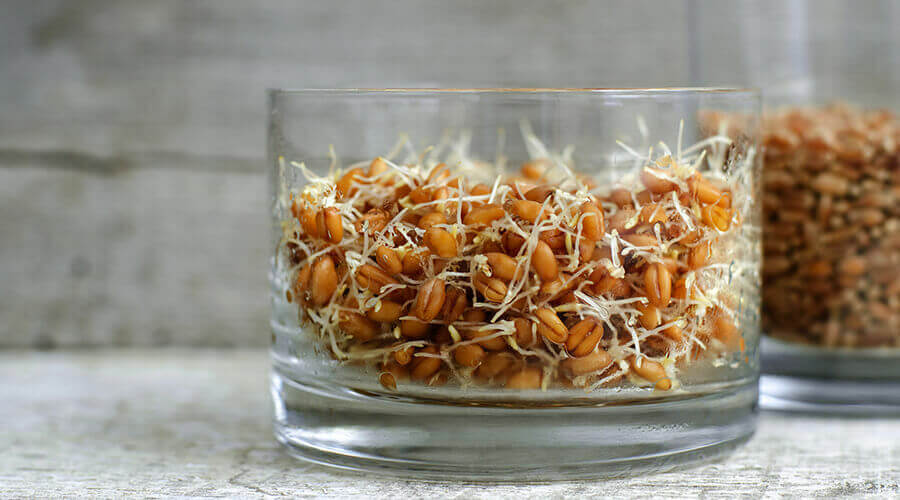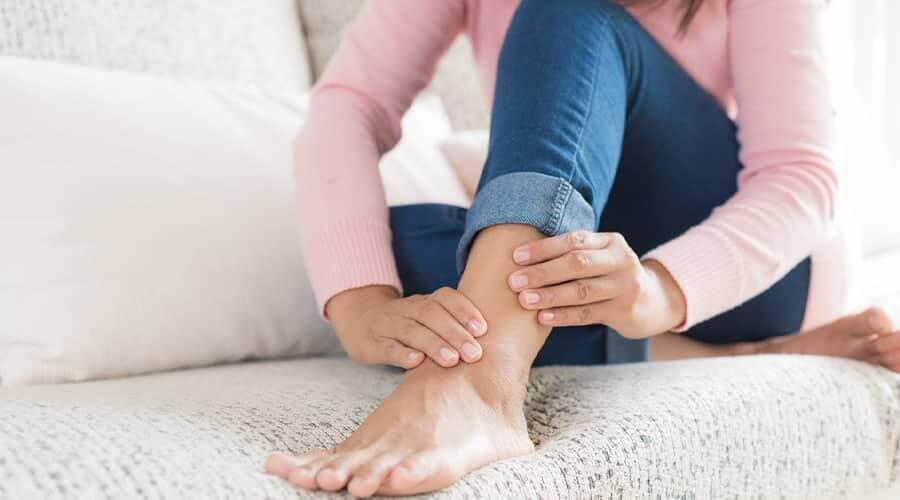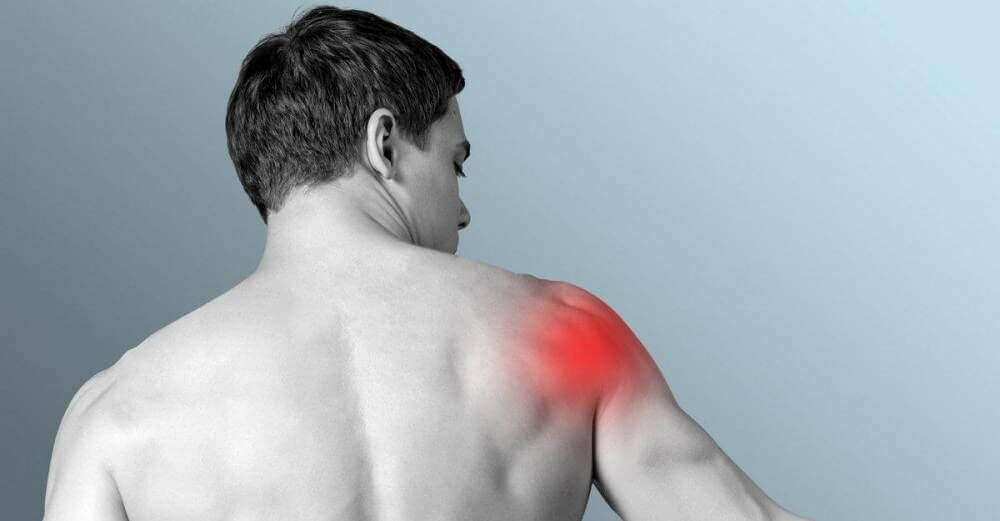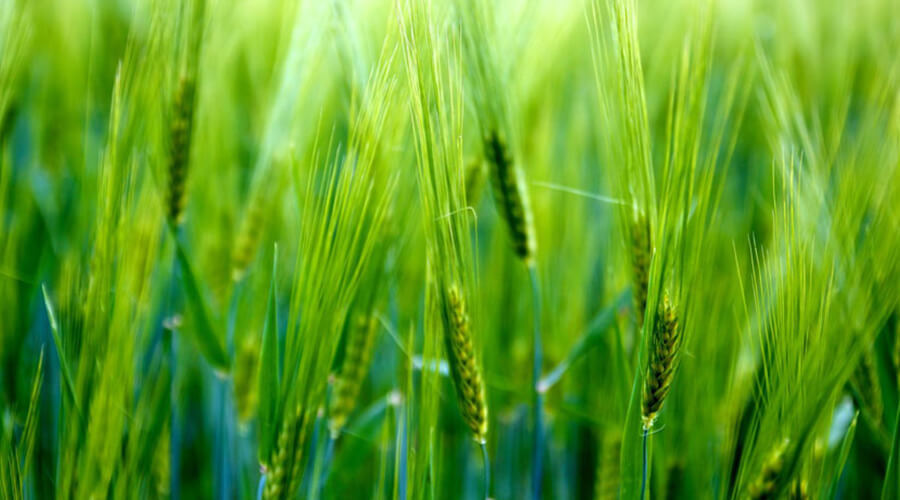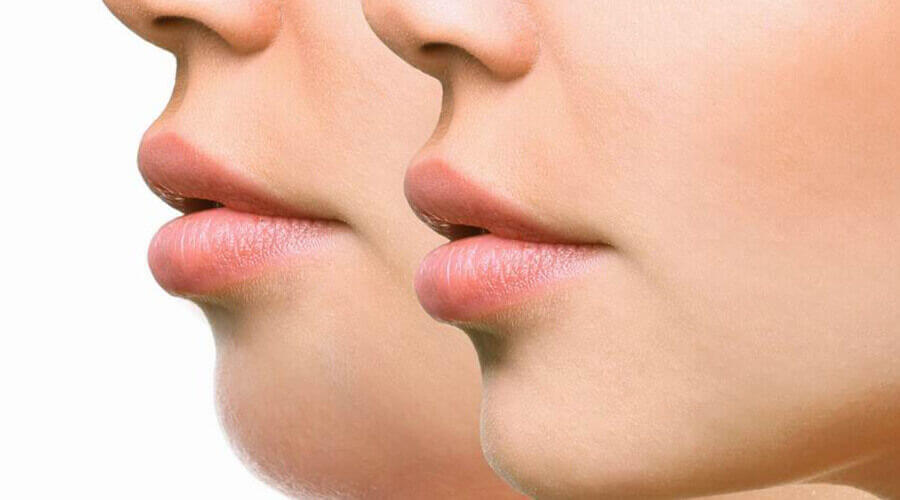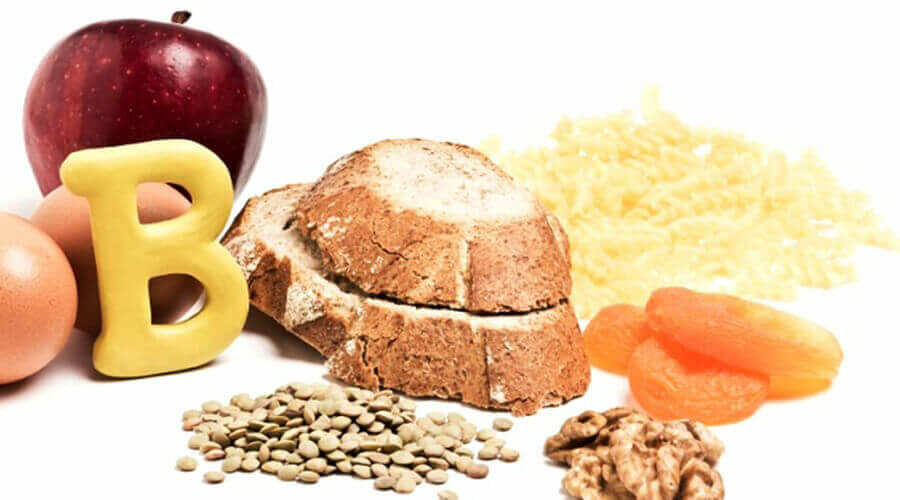
What is vitamin B in? Now we find out! Vitamin B12 is a very important vitamin for the body. It is also very important for the proper functioning of the nervous system and for blood formation. If you’re looking for the answer to what vitamin B is, you’ve come to the right place!
It is also essential for growth.
If you are a vegetarian or vegan, it is important to know what foods you can eat to get vitamin B12 into your body to avoid vitamin B12 deficiency.
But what does vitamin B12 contain?
People who eat a lot of dairy products, eggs and fish find it easier to get vitamin B12 into their bodies. Vitamin B12 is also found in meat. You should eat lean lamb and pork. The best fish are salmon, carp and herring with tomatoes. Sheep’s milk and goat’s milk are also very good sources. Cheese is also very good, including trappist, edamame, emental and smoked cheese. A properly healthy gut flora is necessary for the absorption of vitamin B12. High alcohol consumption also increases the need for vitamin B12.
Vitamin B12 in what else?
Sheep meat, veal and beef liver, marrow and lungs. In addition to these, pork spleen, marrow, liver, kidney, tongue and heart also contain high levels of vitamin B12.
The main function of vitamin B1 is to help the enzymes involved in carbohydrate metabolism. But vitamin B1 is in what?
It supports the nervous system and can be very useful in neuropathy. It is found in the highest amounts in pork. It is also highly bioavailable in cereal grains and oilseeds. Beans are also very high in vitamin B1, as are cereals, nuts, liver and especially pork.
Sources of vitamin B1
Let’s also look at what vitamin B1 contains.
-Meats: beef, pork, fish
-Wheat bran, wholemeal cereals and bread
-Vegetables: soya, beans, green peas
-Mushrooms
-Seeds: walnuts, almonds, sesame seeds
Riboflavin or vitamin B2 plays a major role in metabolic processes.
It helps the thyroid gland to function and can increase the red blood cell count when taken with iron. It can also be very effective in preventing cataracts.
What is vitamin B2 in?
Let’s see what vitamin B2 is.
-Dairy products: milk, cheese, yoghurt
-Meat: beef, pork, liver
-Vegetables: broccoli, spinach, aubergines
-Cereals: wholemeal bread, oatmeal
-Eggs
Pantothenic acid or vitamin B5 is a protector of the nervous system.
It helps the proper utilisation of fats and proteins. It helps to overcome fatigue and migraines. You wouldn’t think it, but it can also help you quit smoking. Fish, eggs, broccoli and pulses contain the most vitamin B5. Of course, these vitamins are also available in capsule form so it’s much easier to get them into your system.
Vitamin B6 in what? The question arises as it is an important part of the B vitamin family. It plays a very important role in the conversion of proteins.
It is also found in liver, dairy products, egg yolks, corn and dry legumes.
What has a lot of B vitamins, or what has the most B vitamins? If you’re looking for the answer, this section is for you.
Eggs are one of the best sources of B vitamins, as they contain vitamins B7, B5 and B12. Some recipes use eggs with oatmeal, which is also high in vitamin B.
Vitamin B6 in what? The liver mentioned above is also a very high source of vitamin B. It also contains vitamins B2, B3, B5, B6 and B12. It is also a very good source of iron and vitamin A. Wheat bran is also an important source of vitamin B. It contains vitamins B3, B5 and B6. It is great mixed into yoghurt or kefir. It can also be used to make wholemeal baked goods.
Spinach and green leafy vegetables are high in vitamin B9. Spinach is also rich in many vitamins and is a very good dietary food.


